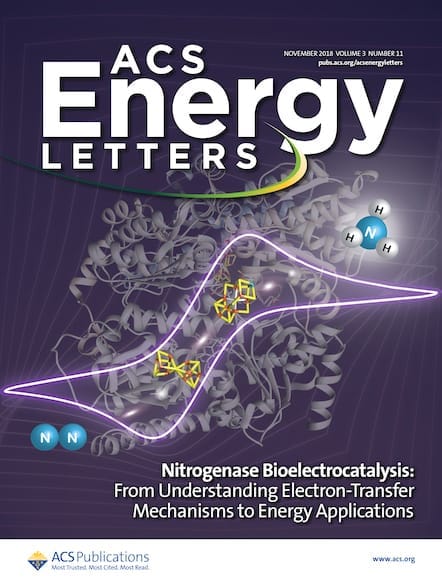Moving to lighter and less expensive battery chemistries compared to contemporary lithium-ion requires the control of energy storage mechanisms based on chemical transformations rather than intercalation. Lithium–sulfur (Li/S) has tremendous theoretical specific energy, but contemporary approaches to control this solution-mediated, precipitation–dissolution chemistry require large excesses of electrolyte to fully solubilize the polysulfide intermediates. Achieving reversible […]

Moving to lighter and less expensive battery chemistries compared to contemporary lithium-ion requires the control of energy storage mechanisms based on chemical transformations rather than intercalation. Lithium–sulfur (Li/S) has tremendous theoretical specific energy, but contemporary approaches to control this solution-mediated, precipitation–dissolution chemistry require large excesses of electrolyte to fully solubilize the polysulfide intermediates. Achieving reversible electrochemistry under lean electrolyte operation is the most promising path for Li/S to move beyond niche applications to potentially transformational performance. An emerging Li/S research area is the use of sparingly solvating electrolytes and the creation of design rules for discovering new electrolyte systems that fundamentally decouple electrolyte volume from sulfur and polysulfide reaction mechanism.
This Perspective video, based on an article in ACS Energy Letters, presents an outlook for sparingly solvating electrolytes as a key path forward for long-lived, high energy density Li/S batteries including an overview of this promising new concept and some strategies for accomplishing it.

